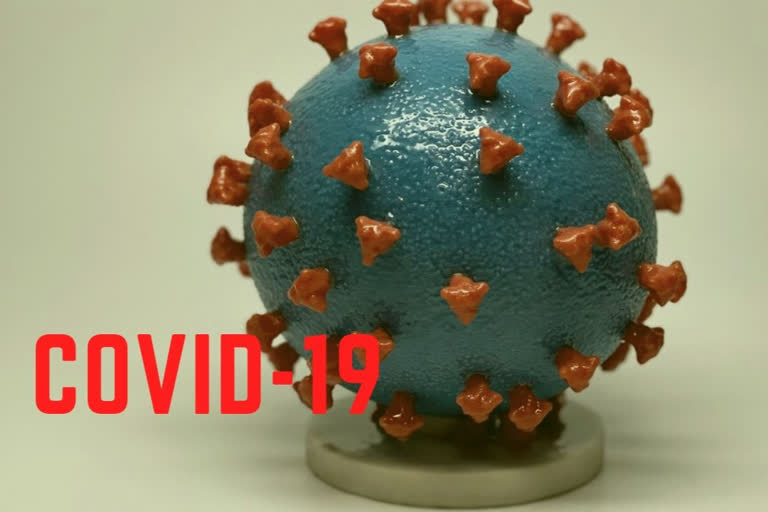New York: Researchers across the world are now racing against time to create a potential vaccine against COVID-19. Millions of dollars are spent to track a vaccine as the pandemic surge.
Pharma companies and researchers are taking different approaches to how they develop a vaccine. Here is an illustration of how they work.
What are Vaccines?
Vaccines train our bodies to recognize and fend off germs before they make us sick.
Formation of vaccine:
Old method:
Traditionally, vaccines are made using viruses that have been killed or weakened, like vaccines against the flu or measles. But growing viruses is labor-intensive and sometimes risky.
Read more: Lockdowns, stocks down as virus fight shifts away from China
New Technology:
Now scientists are using newer and faster technologies to create different types of vaccines against COVID-19.
There is no chance people could get infected from the shots because they don't contain the virus itself.
The target:
A spikey protein that covers the new coronavirus. That protein lets the virus invade human cells. If the body's immune system recognizes the spike and blocks it, people won't get infected.
Process:
Method 1
One way is to copy a section of the virus's genetic code that instructs cells to make the spike protein. Stick that 'messenger RNA' into a vaccine. The person's cells will make a harmless protein.
Then the immune system will spot the foreign proteins and make antibodies to attack them.
Method 2
Another method is called a DNA vaccine. Genetic code for the spike protein is put into what's called a plasmid, a circular piece of synthetic DNA, and used as a vaccine.
Both approaches prime the immune system to attack again if the real virus ever comes along.
Whatever type of vaccine ultimately works, it likely will be 12 to 18 months before it's ready for widespread use.
Also read: COVID-19 vaccine is in human trial phase




